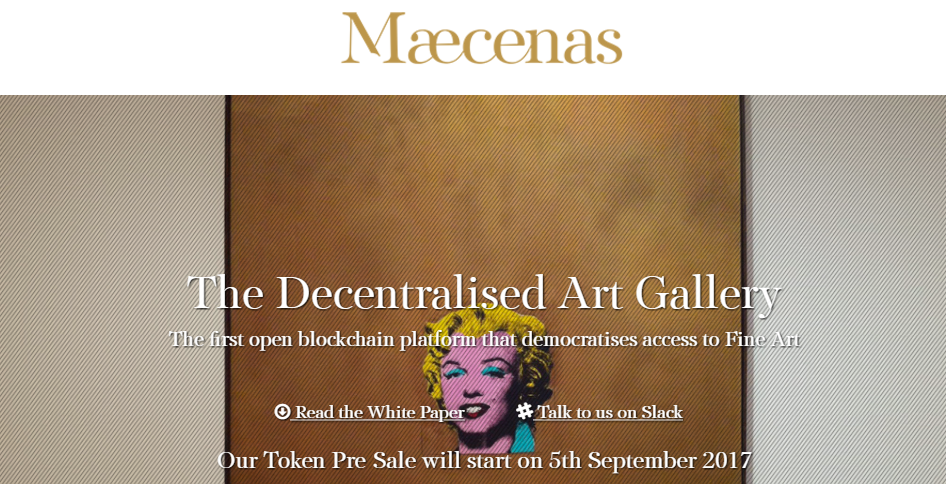
Here’s William Gibson, writing in 1986, offering an off-hand glimpse of art collecting in the year 2042:
“He led her across the room and through a doorway. A graying, heavyset Frenchman in a rumpled corduroy suit was speaking into the handset of a phone. On the phone’s screen she saw columns of letters and figures. The day’s quotations on the New York market.
“Ah,” the man said, “Estevez, excuse me. Only a moment.” He smiled apologetically and returned to his conversation. Marly studied the quotations. Pollock was down again. This, she supposed, was the aspect of art she had the most difficulty understanding. Picard, if that was the man’s name, was speaking with a broker in New York, arranging the purchase of a certain number of “points” of the work of a particular artist. A “point” might be defined in any number of ways, depending on the medium involved, but it was almost certain that Picard would never see the works he was purchasing. If the artist enjoyed sufficient status, the originals were very likely crated away in some vault, where no one saw them at all. Days or years later, Picard might pick up that same phone and order the broker to sell.”
–William Gibson, Count Zero, 1986
Fast backwards to 2019, and this story from CNN:
“Maecenas is a three-year-old startup looking to revolutionize the art world through “tokenization.” It allows investors to use cryptocurrencies such as bitcoin to buy a share of an artwork. The value of the shares — or tokens — rise and fall in a similar way to stocks.
Maecenas successfully tokenized and sold a million-dollar Andy Warhol painting in 2018, and it expects to do the same with a Picasso later this year.”
—Owning a Warhol: How bitcoin could change the art world, CNN, 4-19-2019
Masterworks is another company using blockchain* for art sales, with the goal of “democratizing art ownership” by selling fractional shares of masterpieces for as little as $20. According to an article in VentureBeat, “Masterworks’ plan is to continue purchasing investment-grade artwork and giving individuals a chance to see a return on their investments.” Their inventory includes Andy Warhol’s “1 Colored Marilyn (Reversal Series),” valued at$1,815,000, and Monet’s “Coup de Vent,” currently valued at close to $8.5 million.
Gibson’s “points” turn out to be digital tokens. Instead of brokers we have companies like Maecenas and Masterworks, and trades are conducted with a few clicks on a computer or smart phone. But functionally, he was spot on.
Of more interest to me is that fact that Gibson foresaw the impact this technology may have on culture. Blockchain offers artists, auction houses, and owners new ways to track, trade and monetize art. But ironically, this “democratization” of art might mean that the demos—the “common” people—have less access to art itself. As the CNN article notes “There’s an obvious drawback to selling art in this way. With multiple owners and no single home for the works, they’re often stored in restricted areas that are not accessible to the public.” For the same reason, it might be harder, if not impossible, to negotiate loans of these crowd-owned works for public exhibitions.
Your Futurist Friday assignment—contemplate a future in which anyone might be able to own a piece of a Pollock. How might that change how people think about, and relate to, the kind of art they usually encounter only in museums?
*A blockchain is a digital ledger that lives on a distributed, decentralized network, and uses digital encryption to ensure the data is secure and immutable. For a longer explanation of blockchain, and a quick overview of some potential museum applications, see TrendsWatch 2019.)








